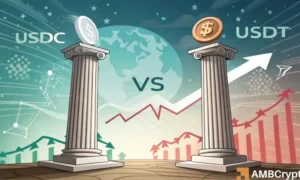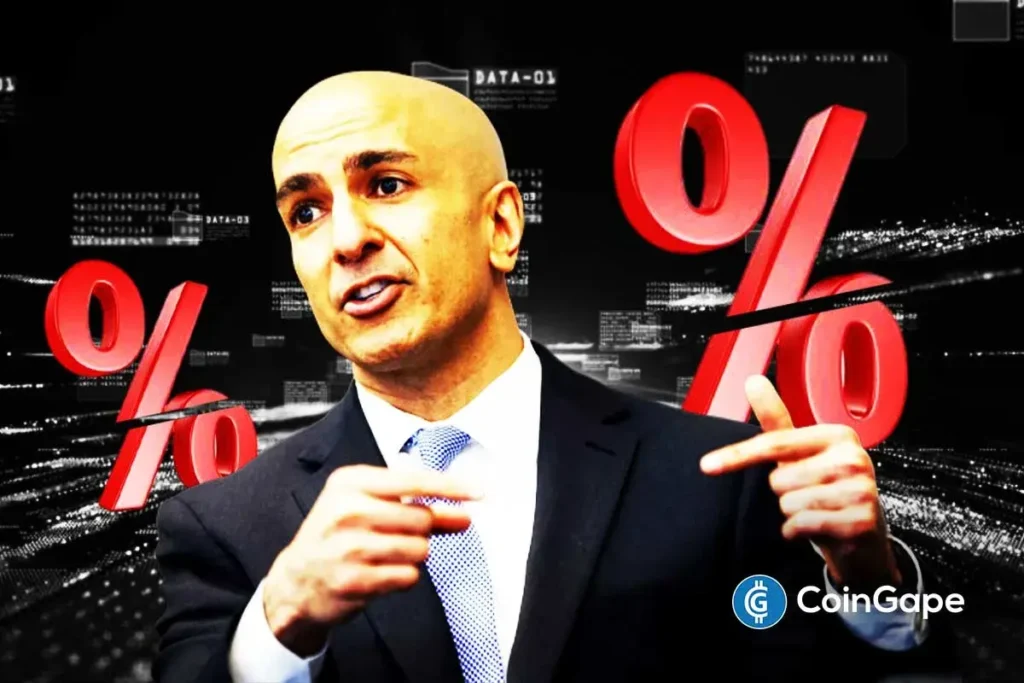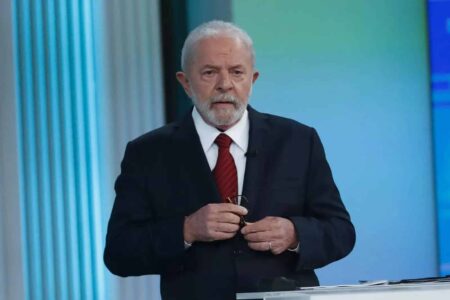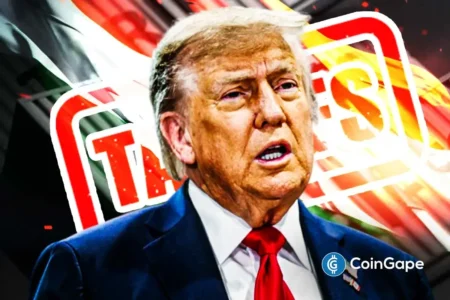Federal Reserve’s Path: Insights and Implications of Potential Rate Cuts
Introduction to Fed Rate Cuts
In a recent interview with CNBC, Neel Kashkari, the President of the Federal Reserve Bank of Minneapolis, expressed his support for two potential Federal Reserve rate cuts this year. This insight comes as the U.S. faces signs of an economic slowdown, prompting discussions on appropriate monetary policy adjustments. With the likelihood of a rate cut by September reaching approximately 90%, Kashkari’s position mirrors a growing sentiment among Federal Open Market Committee (FOMC) members.
The State of the U.S. Economy
Kashkari acknowledges that the U.S. economy is experiencing a weakening trajectory, which contrasts with previous positions held by the Fed regarding a robust labor market. The recent release of the July jobs report indicates a softening in employment figures, suggesting that the economy may be less resilient than previously thought. This shift in economic conditions compels the Fed to reassess its stance on interest rates to better align with the realities of the labor market and broader economic indicators.
President Trump’s Influence and Employment Data
President Donald Trump has been vocal about the jobs data, accusing the government of manipulation to portray an unfavorable economic state. However, Kashkari stands firm in his trust of the reported data, choosing to separate economic analysis from political commentary. This dynamic underscores the complexities involved in monetary policy decision-making, particularly when external pressures from political figures influence perceptions of economic health.
Labor Market Developments and Tariff Effects
Compounding these concerns, other Fed officials, including Mary Daly from the San Francisco Fed, also recognize the importance of monitoring the labor market closely. Daly notes that a thorough understanding of how tariffs affect inflation is crucial. Both she and Kashkari agree that insufficient attention to these variables may prevent timely policy adjustments. Thus, careful observation is essential to determine how external factors like tariffs impact inflation rates and overall economic conditions.
Trump Administration’s Push for Rate Cuts
In this context, President Trump’s call for rate cuts resonates with Kashkari’s outlook and the broader policy conversation within the Fed. Although Trump has suggested an aggressive reduction of up to 300 basis points, such a monumental shift appears unlikely. Nonetheless, the administration plans to appoint a new Fed Governor aligned with the notion of lowering rates, further pushing the narrative within the FOMC toward easing monetary policy in the face of economic uncertainty.
Conclusion: The Road Ahead for the Federal Reserve
As the Federal Reserve grapples with these evolving economic conditions, the anticipated rate cuts reflect a strategic response to the mounting evidence of labor market challenges and inflationary pressures influenced by tariffs. The interplay between government perspectives and Fed policy decisions will be pivotal as the U.S. seeks to navigate its economic future. Monitoring these developments will be essential for understanding the implications of Fed actions on consumers and the broader economy.
In essence, as the Fed considers its next moves, the focus must be on remaining adaptable to emerging data, ensuring that decisions not only stabilize the economy but also foster long-term growth and resilience against potential shocks.
















